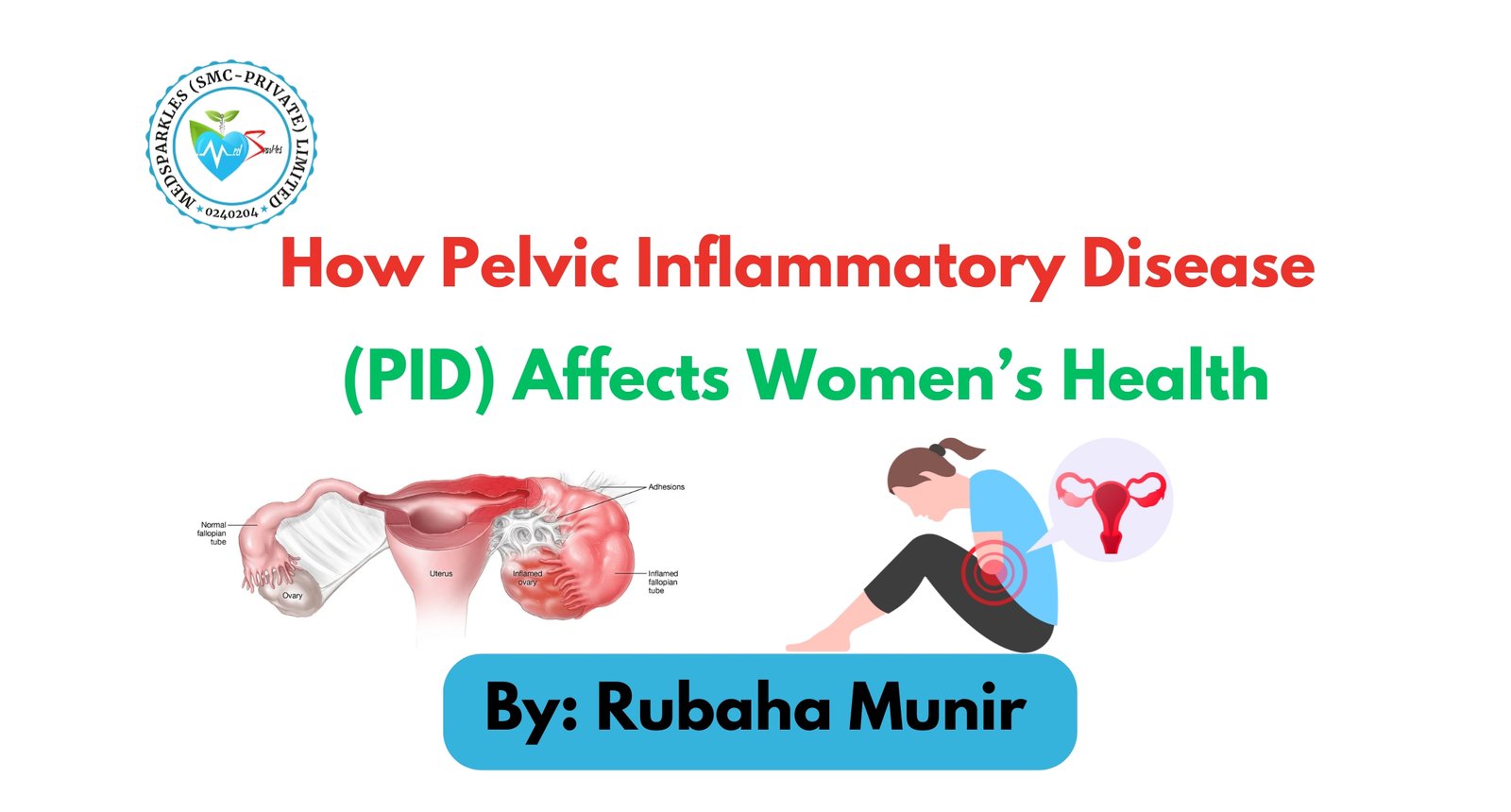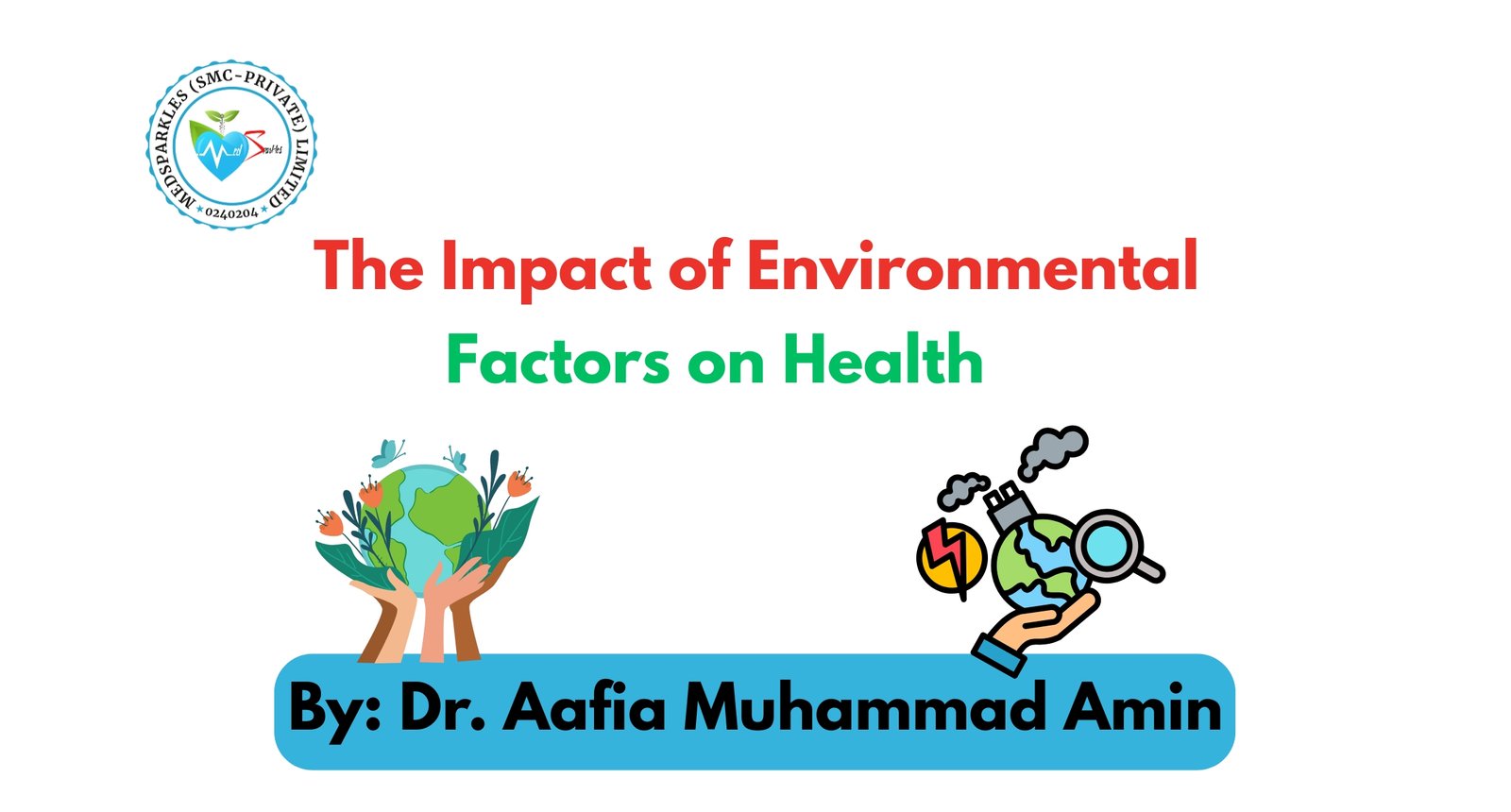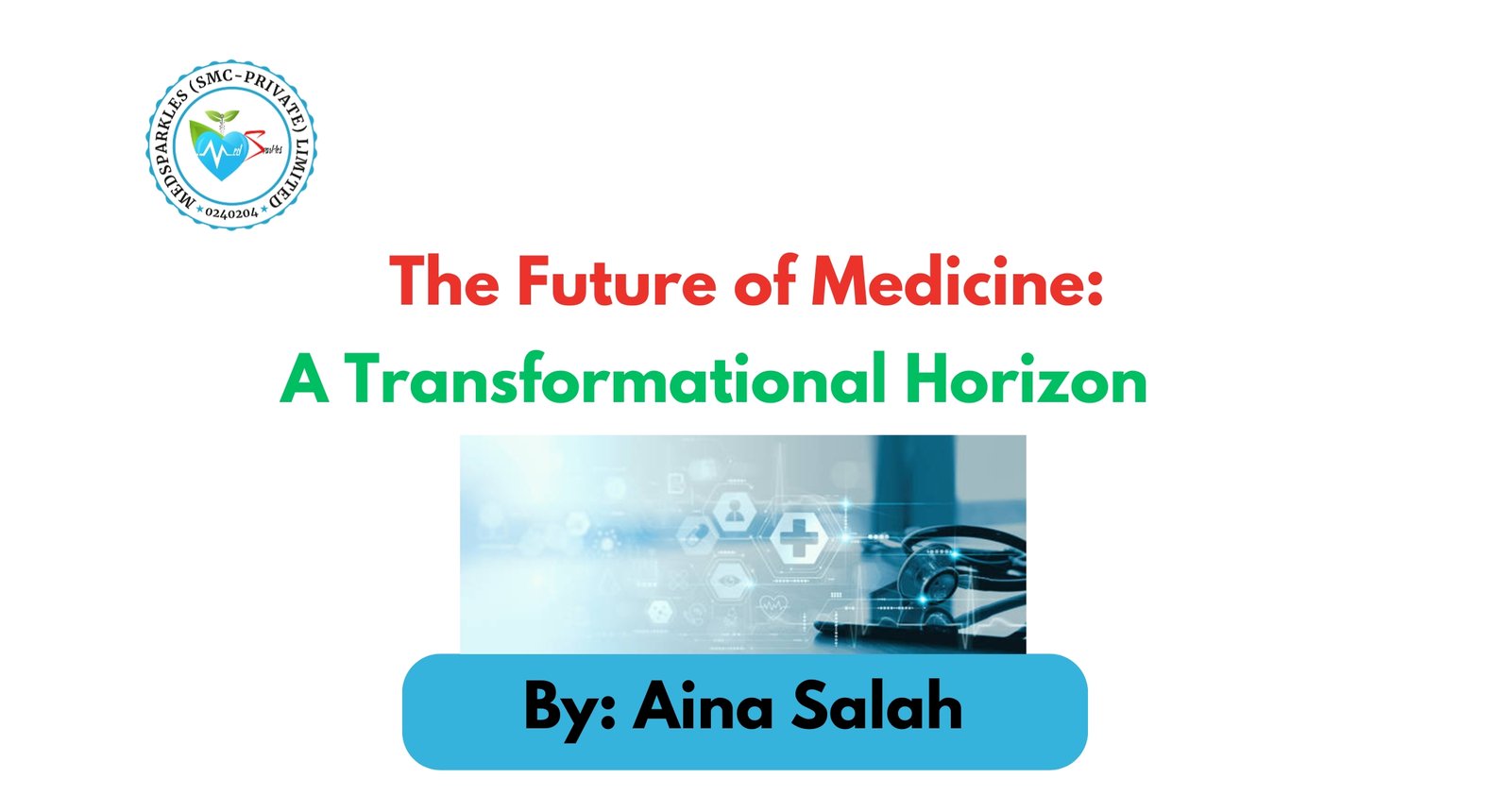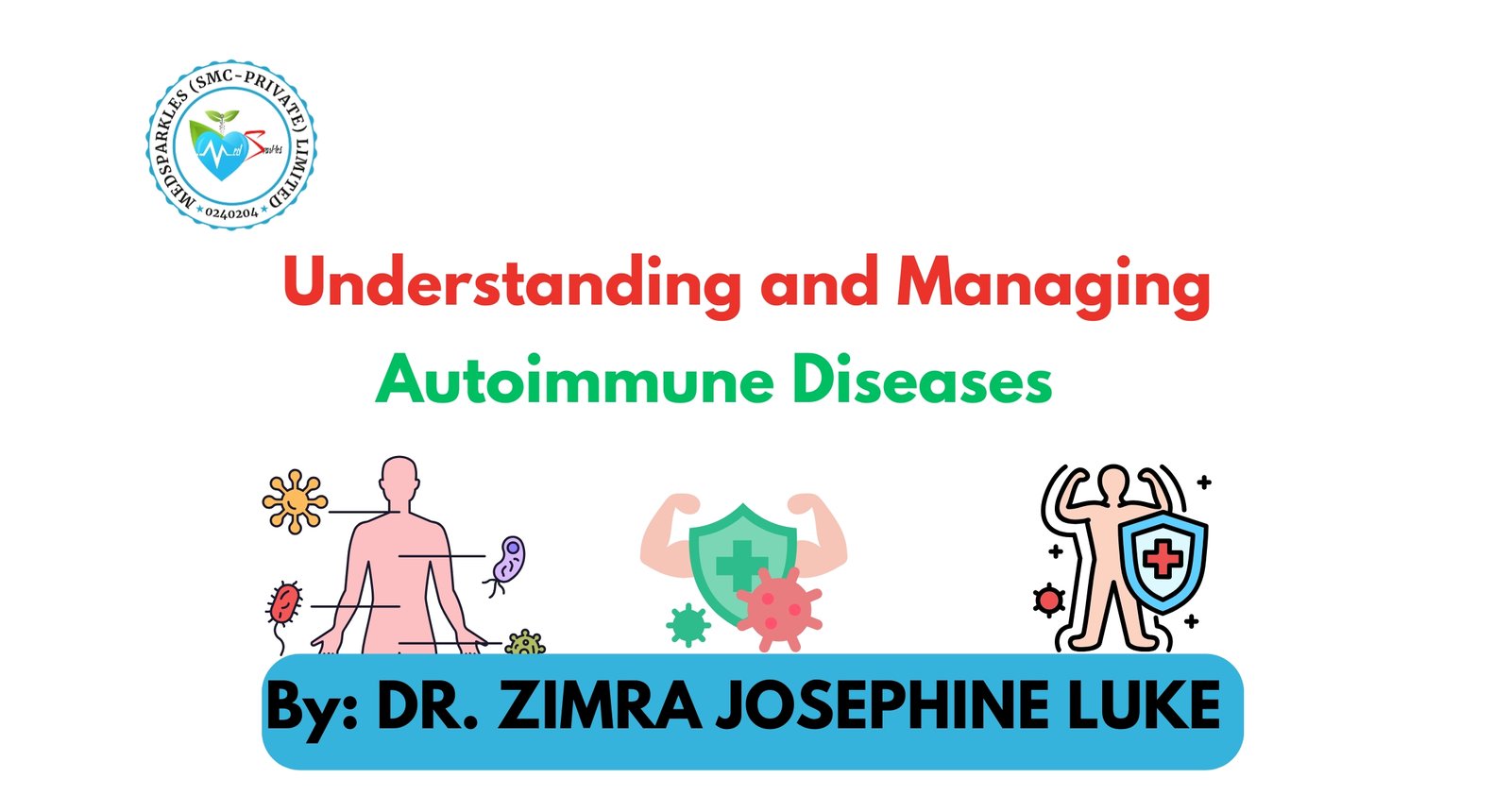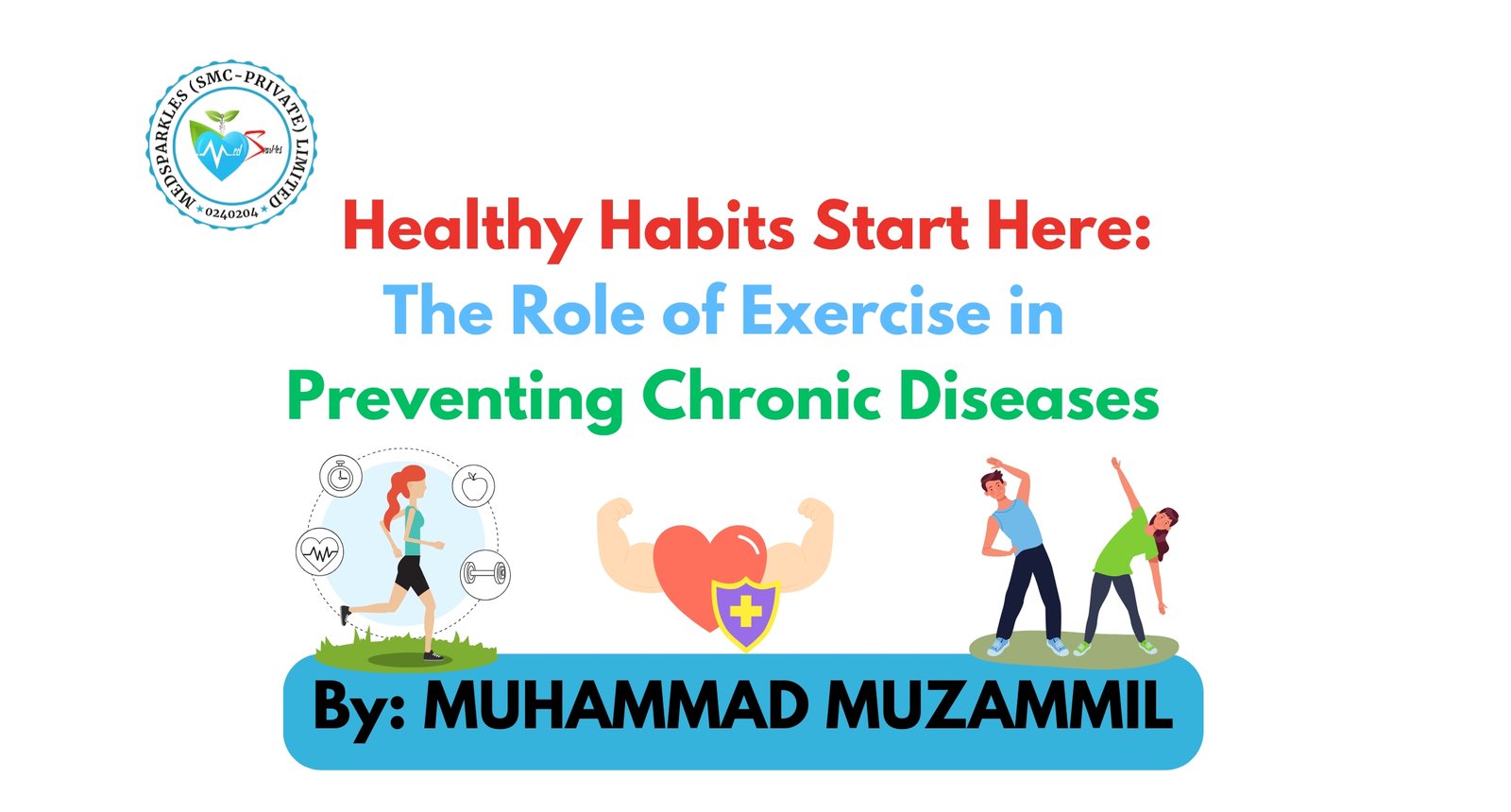Pelvic Inflammatory Disease (PID) is most significant and sometimes silent culprit of women’s reproductive health which is defined as infectious disease that mainly affects reproductive organs e.g ovaries, fallopian tubes, uterus, vagina and cervix of sexually active women. PID has the serious impacts on women’s health as it may lead to blockage of fallopian tubes which result in infertility and sometimes to ectopic pregnancy which is life threatening condition. Pelvic pain also occur in women who experience PID affecting their physical health. Struggling with infertility like issue which is consequence of PID have an impact on their social life leading to anxiety and depression issues. The data of survey 2013-2014 done by the National Health and Nutritional Examination suggest that 4.4% of women(18 to 44 years) have history of PID.
CAUSES OF PID:
The most common cause of PID includes Sexually Transmitted Infections (STIs). Chlamydia trachomatis and Neisseria gonorrhoea are well known bacterial species that cause PID. These bacteria get entry in reproductive tract by unprotected sex or by damage of cervix barrier which may occur during menstruation, after miscarriage or even during insertion of intrauterine devices for birth control allowing bacteria to travel up to upper genital tract.
Other risk factors include:
- Age( younger than 25 years)
- Multiple sex partners
- Symptomatic partner
- History of STIs
- Douching regularly which disturb good and harmful bacteria balance in vagina
- Recent IUD insertion
SYMPTOMS:
PID Symptoms may vary from mild to severe. In some cases it remain unnoticeable until it leads to serious complications while in some other scenarios, women often confuse its symptoms with stomach pain, menstrual cramps or urinary problems which further complicate this condition. Following are the symptoms associated with this disease are:
- Bilateral lower abdominal or pelvic pain
- Painful, frequent or difficult urination
- Painful sex
- Abnormal uterine bleeding
- Abnormal vaginal discharge
- Fever( not predominant symptom)
COMPLICATIONS:
If PID left untreated, it lead to development of scar tissues and infected fluid in reproductive organs which lead to following life threatening conditions:
- Ectopic pregnancy (which occur when PID develop scar tissues in fallopian tube leading to blockage of tube and preventing fertilized egg to move through tube and implants in uterus).
- Infertility result from untreated PID
- Chronic pelvic pain
- Fitz-Hugh-Curtis syndrome/ perihepatitis: Sometimes infection spread beyond pelvis to liver capsule where inflammation and scarring occur leading to right upper quadrant pain which worsen by movement and deep breathing.
DIAGNOSIS:
Diagnosis is often based on symptoms and physical examination. Doctor will do pelvic exam and test for chlamydia and gonorrhoea infection. Doctor observe for cervical motion tenderness and uterine tenderness. Nucleic Acid Amplification Test (NAAT) for chlamydia and gonorrhoea infection is highly accurate.
Further test may be done in complicated cases include:
- Ultrasound or MRI
- CT scan
- Endometrial biopsy
TREATMENT:
Treatment must be started immediately without waiting for lab results because even 2 to 3 days delay increase the risk of ectopic pregnancy and infertility.
Mild to moderate case:
Mild to moderate cases can be treated as outpatient cases with following regimen:
- Ceftriaxone injection (single dose) plus Doxycycline is given for 14 days
- Metronidazole may be added for additional coverage
Severe cases:
Severe cases or inpatient treatment is often given to PID patients who develop complications or the patients who fails the oral therapy, severe illness , pregnancy or ovarian abscess is present.
- IV antibiotics (cefotetan + Doxycycline or cefoxitin + Doxycycline or clindamycin + gentamicin) is given.
- Patient condition improve within 24 hours and shifted to oral therapy for 14 day course.
- Quinolones (levofloxacin, moxifloxacin) are no longer used because of risk of development of resistance.
During treatment, the patient should rest , drink plenty of fluid, avoid sex and douching until symptoms are gone and treatment is completed.
PREVENTIONS:
- Practice safe sex
- Routine testing for STIs
- Avoid douching
- Early treatment for chlamydia and gonorrhoea infections
- Complete antibiotic treatment even you feel better
CONCLUSION:
Pelvic Inflammatory disease is serious women’s health issue which silently lead to serious complications. Mild symptoms may often confuse with other conditions and severe symptoms result in life threatening conditions with huge impact on women’s physical health as well as on social and emotional life. With preventive measure and regular gynaecological check-ups, it is often preventable and by early diagnosis and timely antibiotic therapy, it is also treatable. Awareness and encouragement can safeguard and improve the quality of women’s reproductive health.
FREQUENTLY ASKED QUESTIONS :
- Can PID go away on its own?
No. PID requires immediate treatment. If left untreated, it can lead to serious consequences such as infertility or ectopic pregnancy.
- Can I get pregnant after having PID?
Yes, many women can still conceive after treatment. However, untreated or repeated PID increases the risk of infertility and ectopic pregnancy.
- Is PID contagious?
PID itself is not contagious however sexually transmitted infections (STIs) that cause PID can be passed between partners. That’s why both partners should be tested and treated.
- Can men get PID?
No, PID only affects women’s reproductive organs. However, men can carry and transmit the STIs that cause PID.
- When should I see a doctor?
Seek medical help immediately if you experience pelvic pain, unusual vaginal discharge, fever, or painful sex. Early treatment prevents long-term complications
REFERENCES:
https://discoverwhr.nih.gov/research/pid/health-topics
https://www.aafp.org/pubs/afp/issues/2019/0915/p357.html
Image from National STD Curriculum
